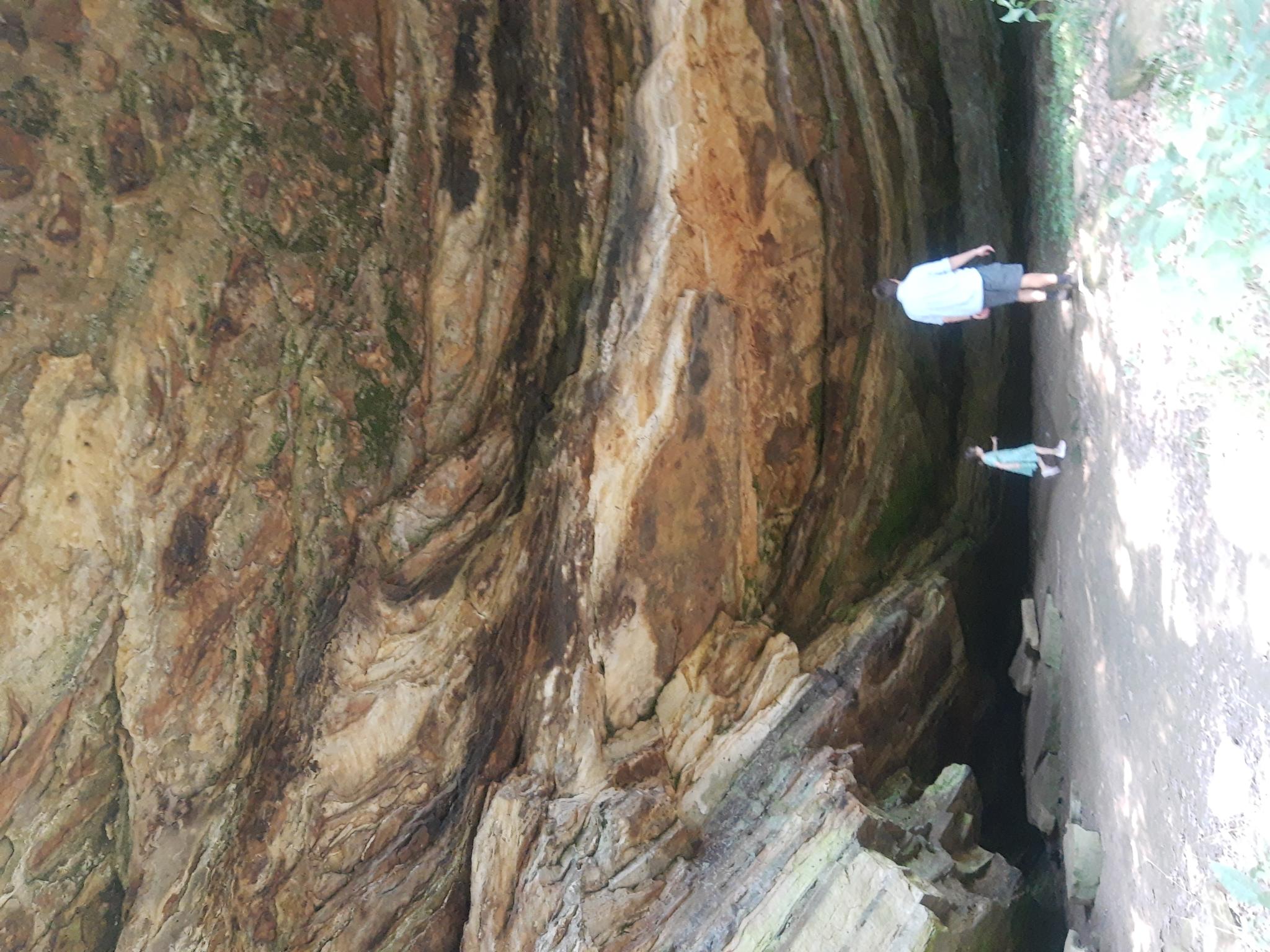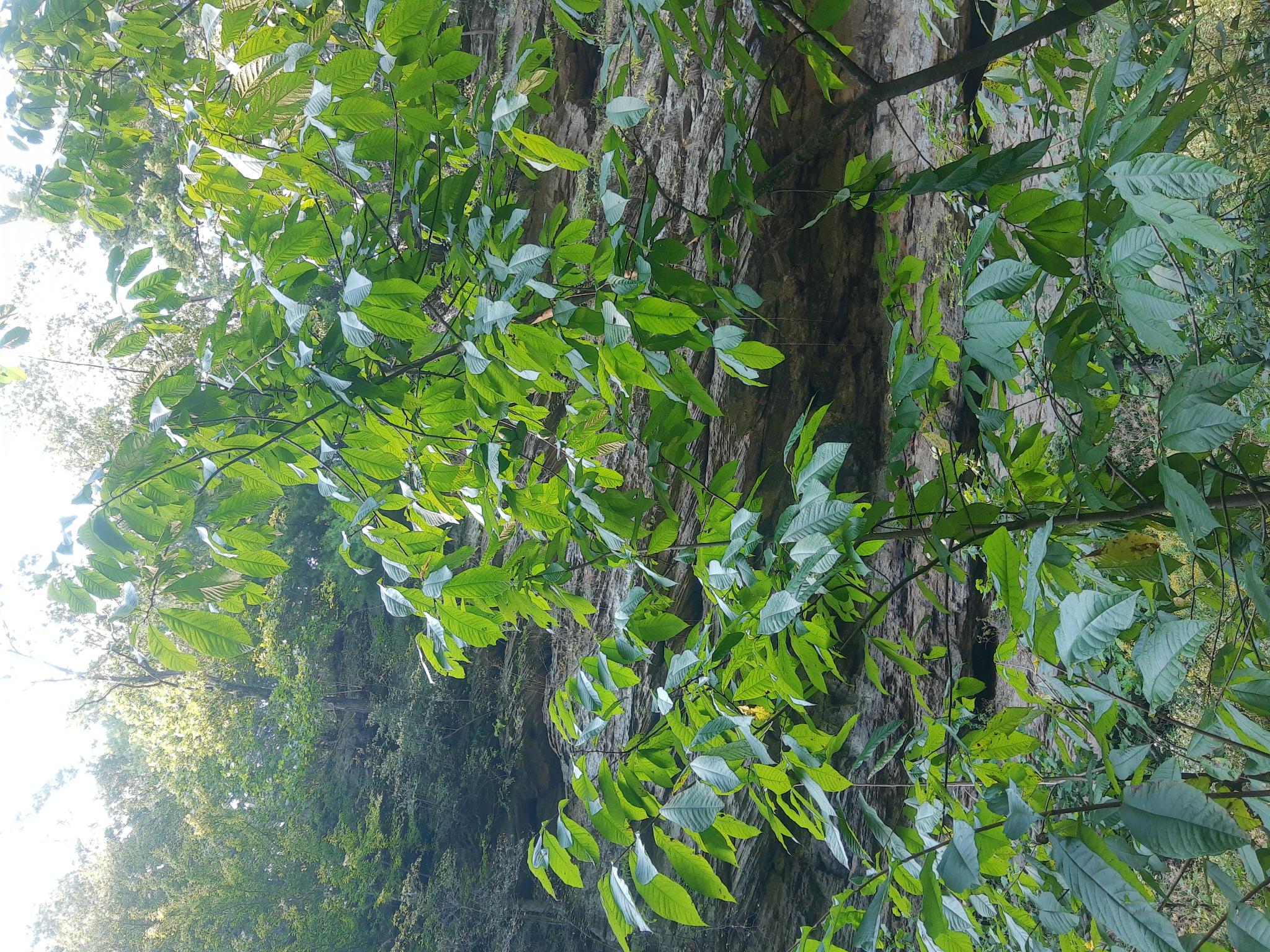Local nature preserves lead hikers down the path to appreciating nature
"I am a botanist who studies how plants respond to stressful environmental conditions,” explained Scott McAdam, assistant professor of botany and plant pathology. “The inspiration for my experiments comes from a close observation of nature, particularly while hiking.” As McAdam explained, however, the benefits of hiking are not limited to professionals. “Everyone can appreciate nature.”
National Take a Hike Day is November 17. While the celebration lands on the cusp of winter weather, McAdam noted each season has a distinct appeal.
McAdam and his daughter at Portland Arch Nature Preserve (Photos from Scott McAdam)


Taking time to appreciate seasonal changes provides a reconnection to the natural world that has largely been eliminated by our modern, industrialized society: spring flora poking through the snow; buds bursting; the first leaves expanding in the canopy; that sticky tropical feeling mid-summer; and the change of leaves in the fall.”
Lafayette residents do not need to travel far to hike several of McAdam’s favorite areas. Black Rock Nature Preserve features rock formations on outcrops over the Wabash River.“Because it is south facing and the river turns at that point, it has a unique microclimate that makes it home to a number of locally rare plant species.”
Farther down the Wabash River, hikers can explore the dry hills of the Weiler-Leopold Nature Preserve. The forests are some of the most drought-tolerant in the state.
“Seeing the roosting turkey vultures and bald eagles up close in the trees there is unforgettable.”
The Portland Arch Nature Preserve also claims a spot on McAdam’s list of favorite places to hike thanks in part to its rock formations and caves. The preserve’s flora includes the locally rare Eastern White Pine, fruit-bearing Pawpaw trees and Beechdrop wildflowers that grow beneath mature beech trees.
“It is a great place to hike any time of year. A little steep for young children in parts, but also a great place for them to paddle in the creek after admiring the limestone arch.
“I love how quiet and tranquil these places are. How the forests are relatively undisturbed by human activity. You can feel a million miles from civilization only a few yards into the forest.”
 A Pawpaw tree (Photo by Scott McAdam)
A Pawpaw tree (Photo by Scott McAdam) 




